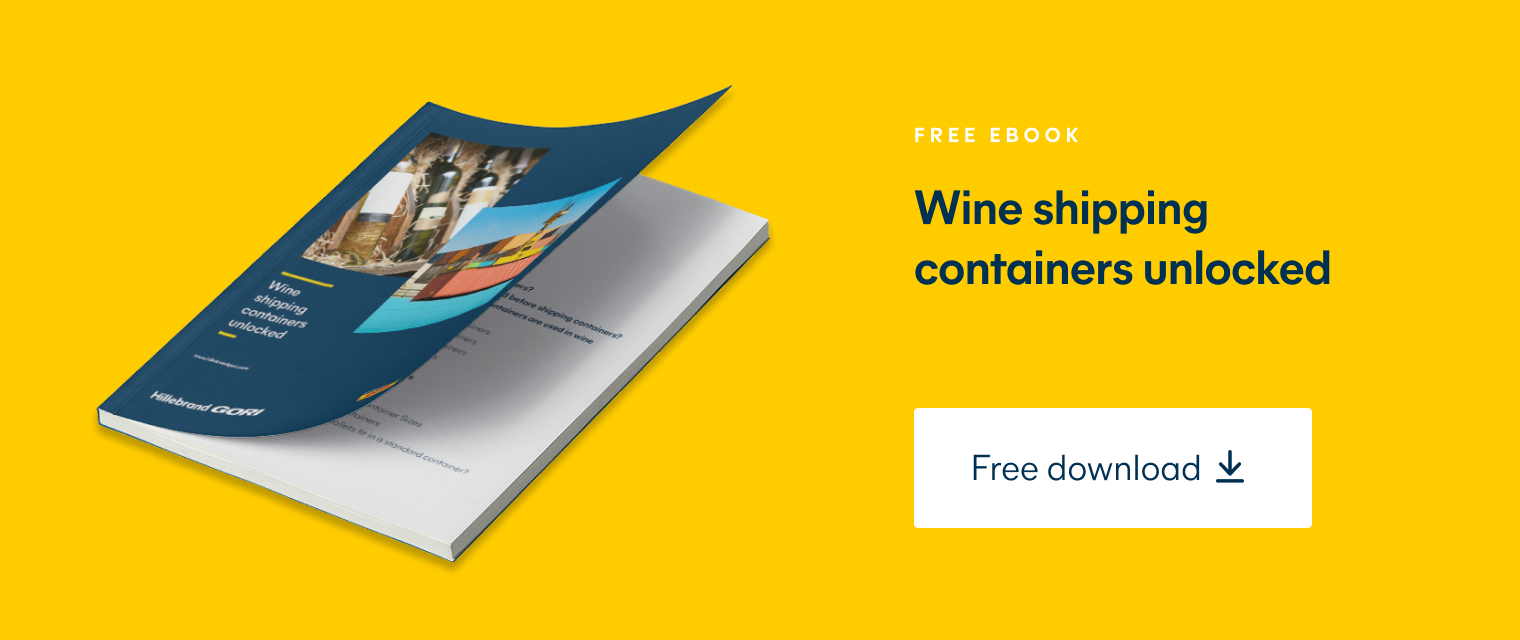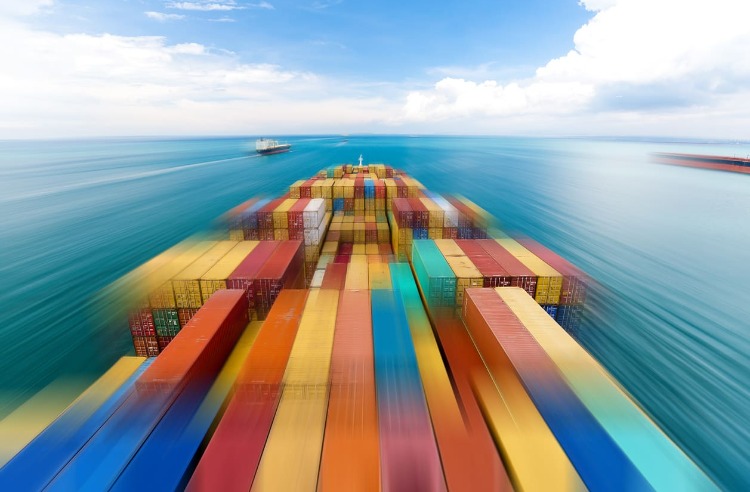Keep it Cool: Features of a Refrigerated Container
A refrigerated container, also known as a reefer, is the ideal choice when moving temperature-sensitive goods. They come in a range of sizes and are most often used to keep goods cool, like wine, although they can function as heaters too.
Here, the main features of a refrigerated container are discussed, along with the recent issues around their global short supply.
A refrigerated container is unique
Due to its design, this sort of container fulfils a unique role when shipping temperature-sensitive goods. Without it, in instances of high temperatures, some wine and beer could not be shipped, as it would be damaged by the exposure to heat and humidity.
While the use of electricity affects the cost and carbon footprint of a refrigerated container, this is an unavoidable consequence of ensuring that temperature-sensitive products arrive at their destination in pristine condition, fit for consumption. Have you ever opened a bottle of wine and thought “This tastes funny…”?
The global supply of refrigerated containers remains uneven, but it is hoped that this situation will return to normal levels in the near future.
Main features of a refrigerated container
Design and use
A reefer is a steel container that is fitted with a refrigeration unit managed via a control panel, along with fans, vents, and a condenser to maintain the required temperature and humidity. These containers circulate cool air to maintain the temperature in much the same way as a standard fridge. The refrigeration unit is typically connected to the electrical power supply on a ship. Alternatively, a generator set (or genset) can be fitted onto the unit to provide a backup power supply.
Most units are able to maintain a temperature between −30°C and +30°C, along with dry humidity. The desired temperature and humidity are maintained by the airflow through and around the goods.
Capacity for wine pallets
Refrigerated containers are available in a variety of capacities, depending on their age and manufacturer. However, common capacities are as follows:
- 20ft container: 9x standard pallets (1m x 1.2m), or 10x EURO pallets (0.8m x 1.2m)
- 40ft container: 20x standard pallets (1m x 1.2m), or 23x EURO pallets (0.8m x 1.2m)
It is also important to note that the capacity of this type of container is less than a dry or insulated container.
For more information about the capacities and dimensions of available refrigerated containers, please contact us.
Non-operating reefer (NOR)
A refrigerated container can also be used with the refrigeration unit switched off—in this case, it is known as a non-operating reefer (NOR). The insulated walls will continue to stabilize the temperature to a point, but as a result of the container’s design, there is less storage space than with a dry or insulated container.
Using a NOR on the return journey is a cost-effective way of utilizing and repositioning a refrigerated container that would otherwise be shipped empty.
Cost
As a consequence of using electricity to generate a cooling/warming effect, a refrigerated container is a more expensive option than a dry or insulated container. However, due to the specific temperature and humidity requirements of certain goods, a refrigerated container can sometimes be the only viable option.
Carbon footprint
Similar to the cost, the carbon footprint of a refrigerated container is greater than a dry or insulated container, as a result of the electricity consumption. Taking a 20ft container as an example, the carbon footprints are:
- refrigerated container = 2,510 kgCO2e
- dry container = 1,930 kgCO2e
- insulated container = 1,930 kgCO2e
[Source: Hillebrand emission calculator, based on door-to-door transportation from Chile to the UK]
Main features of a refrigerated container
Design and use
A reefer is a steel container that is fitted with a refrigeration unit managed via a control panel, along with fans, vents, and a condenser to maintain the required temperature and humidity. These containers circulate cool air to maintain the temperature in much the same way as a standard fridge. The refrigeration unit is typically connected to the electrical power supply on a ship. Alternatively, a generator set (or genset) can be fitted onto the unit to provide a backup power supply.
Most units are able to maintain a temperature between −30°C and +30°C, along with dry humidity. The desired temperature and humidity are maintained by the airflow through and around the goods.
Capacity for wine pallets
Refrigerated containers are available in a variety of capacities, depending on their age and manufacturer. However, common capacities are as follows:
- 20ft container: 9x standard pallets (1m x 1.2m), or 10x EURO pallets (0.8m x 1.2m)
- 40ft container: 20x standard pallets (1m x 1.2m), or 23x EURO pallets (0.8m x 1.2m)
It is also important to note that the capacity of this type of container is less than a dry or insulated container.
For more information about the capacities and dimensions of available refrigerated containers, please contact us.
Non-operating reefer (NOR)
A refrigerated container can also be used with the refrigeration unit switched off—in this case, it is known as a non-operating reefer (NOR). The insulated walls will continue to stabilize the temperature to a point, but as a result of the container’s design, there is less storage space than with a dry or insulated container.
Using a NOR on the return journey is a cost-effective way of utilizing and repositioning a refrigerated container that would otherwise be shipped empty.
Cost
As a consequence of using electricity to generate a cooling/warming effect, a refrigerated container is a more expensive option than a dry or insulated container. However, due to the specific temperature and humidity requirements of certain goods, a refrigerated container can sometimes be the only viable option.
Carbon footprint
Similar to the cost, the carbon footprint of a refrigerated container is greater than a dry or insulated container, as a result of the electricity consumption. Taking a 20ft container as an example, the carbon footprints are:
- refrigerated container = 2,510 kgCO2e
- dry container = 1,930 kgCO2e
- insulated container = 1,930 kgCO2e
[Source: Hillebrand emission calculator, based on door-to-door transportation from Chile to the UK]
Limited availability of refrigerated containers
Currently, there is limited availability of these containers globally, which is part of the wider supply problems in shipping. The Covid-19 pandemic has created a bottleneck in North America, where empty containers have been stacking up for some time. This is a result of lockdowns causing factory closures and a halt to production in many countries, along with a reduction in the number of vessels at sea.
Even though China is starting to resume exports, it is taking time for the supply and distribution of containers to return to normal levels. The outcome is that disruption remains very high, with patchy regional demand and an uneven amount of capacity. The situation remains uncertain and it is being exacerbated by the war in Ukraine, leading to booking delays and rate increases.
For more information about finding a refrigerated container to ship your temperature-sensitive goods, please contact our team.
Published 23rd June 2023, updated 12th December 2023
A refrigerated container is also called a reefer container. These containers maintain a specific temperature range for transporting sensitive products.
The amount of time a product can remain in a refrigerated container depends on its temperature requirements and specifications.
Yes. Pre-cool your products to the required temperature before moving them into a refrigerated container. Ensuring the container remains at the proper temperature during loading and unloading is also important. Prevent condensation build-up by ensuring proper ventilation. Following guidelines for stacking pallets in the container is essential to ensure adequate air circulation.
Yes, there are regulations and requirements for shipping goods in refrigerated containers. These can vary by country and may include temperature monitoring, documentation, labeling and proper handling procedures. It's important to research and comply with these regulations before shipping.





